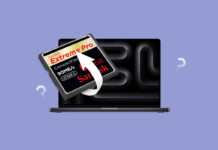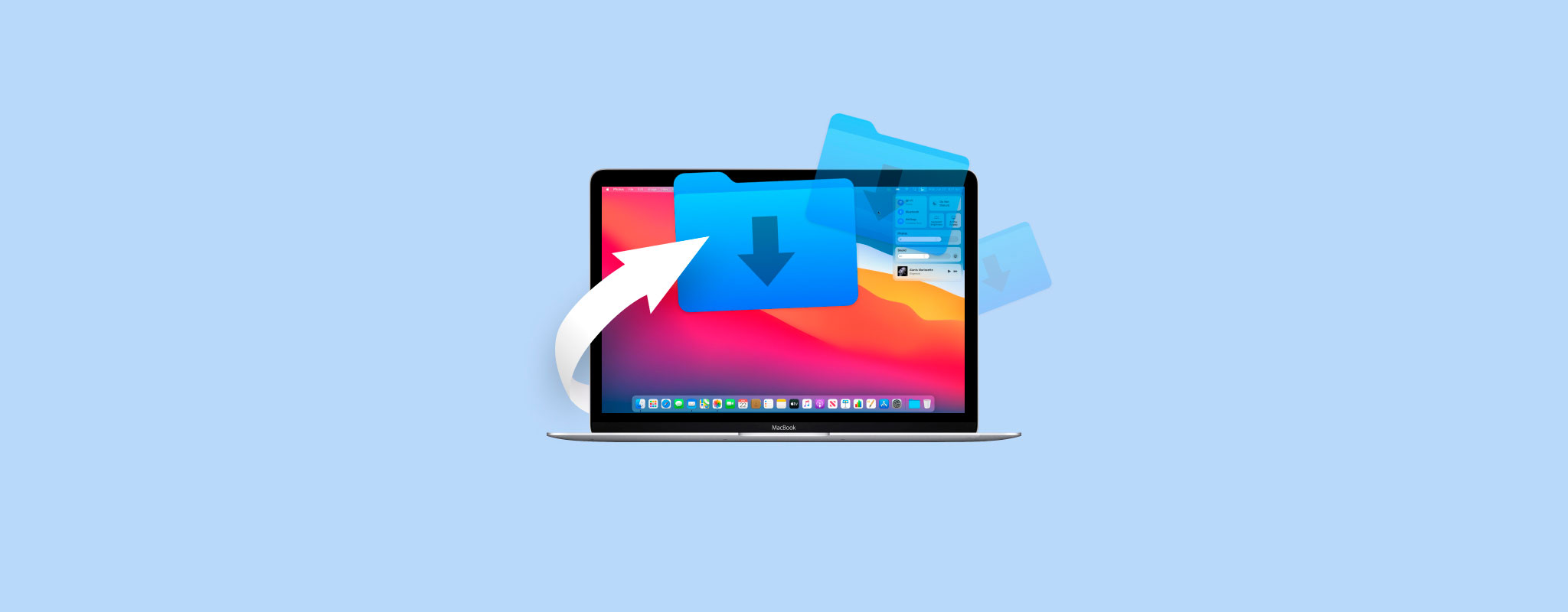 Mac devices usually prevent you from deleting the entire Downloads folder, but you may notice that the Downloads folder has disappeared from your Mac’s Dock, or the Finder Sidebar. Those are the most commonly used access points for the Downloads folder. So, how do you get the folder back where it was? We’re here to help you. We’ll also show you how you can get back any deleted files from the Downloads folder.
Mac devices usually prevent you from deleting the entire Downloads folder, but you may notice that the Downloads folder has disappeared from your Mac’s Dock, or the Finder Sidebar. Those are the most commonly used access points for the Downloads folder. So, how do you get the folder back where it was? We’re here to help you. We’ll also show you how you can get back any deleted files from the Downloads folder.
Why Did My Downloads Folder Disappear?
The most common reason behind a Downloads folder that disappeared, is human error. This includes simple missteps like dragging the folder away from the dock, or accidentally deleting the folder itself. If the folder is missing from the Sidebar in Finder, it may have been disabled from the Preferences settings.
Many users use the Automator utility to define specific folder actions which help them manage their storage space, and better organize their files. If you’d set up Automator to clear the Downloads folder at regular intervals–well, it may have done its job.
In rare cases, an OS update could be the culprit behind a missing downloads folder on your Mac device.
The upcoming sections will show you how to deal with two main scenarios–you were able to locate the Downloads folder but wish to recover deleted files from it, or you’re unable to locate the Downloads folder in Finder and your Home folder.
How to Recover Data from a Deleted or Lost Downloads Folder
There are two primary ways to recover data from your Mac’s Download folder–use a data recovery program, or use a Time Machine backup. We’ll take a look at both methods in this section.
But, before that, it’s best to check the Trash folder on your Mac. Deleted files are stored in the Trash for a period of 30 days, after which they’re permanently removed from your device. Here’s how you can restore files from the macOS Trash folder:
- Click on the Trash folder on the Dock, or simply search for it in the Finder.
- If the files from your Downloads folder are there, select and right-click on them and choose Put Back.
- The files will be restored to the Downloads folder.
The required files weren’t there in the Trash? Don’t worry, we’ve got you covered in the next sections:
Method 1: Use Data Recovery Software
There are plenty of data recovery programs available, and, ideally, you should pick an option from only the best ones.
For this tutorial, I decided to use Disk Drill—primarily because of its ease of use and proven track record. In addition to the fast and reliable scan speeds, the program also recovers your files with their folder structure intact, so you should not have any trouble locating the files that went missing from the Downloads folder.
Let’s see what the data recovery process looks like in Disk Drill:
- Download Disk Drill and install it. It’s best to install Disk Drill on an external storage drive to prevent overwriting of the deleted files from the Downloads folder.
- Open Disk Drill and grant it Full Disk Access. Select your Mac’s internal drive, and click on Search for lost data.
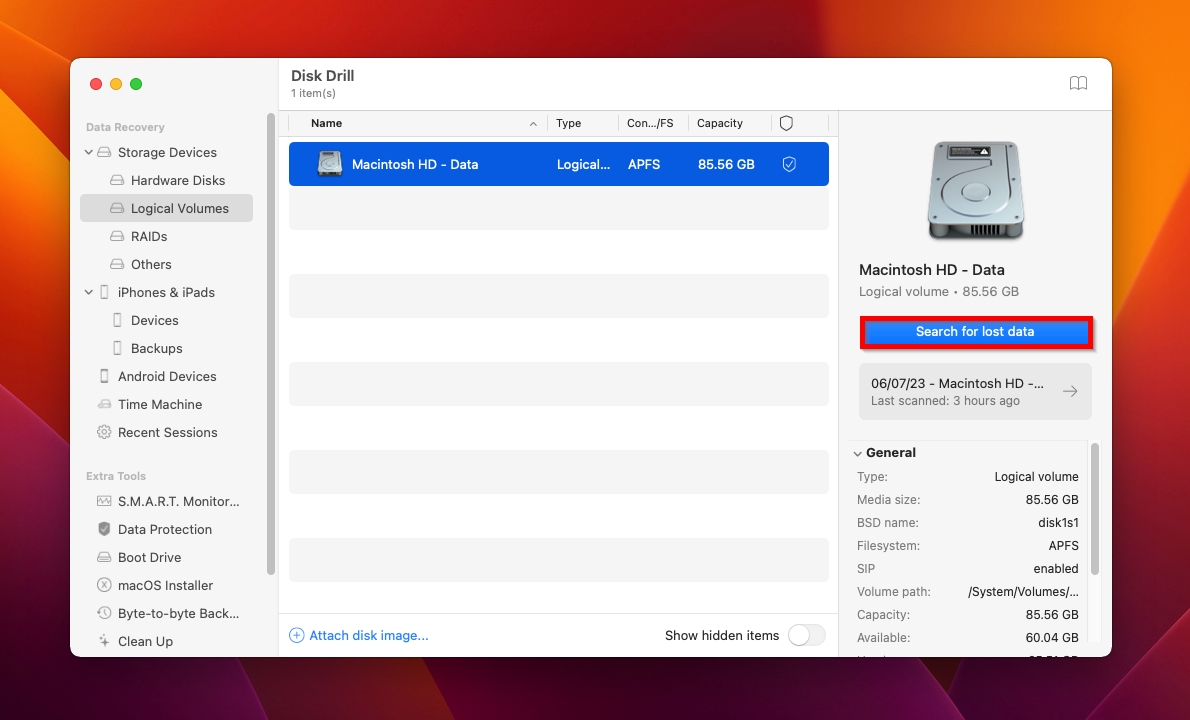
- Click on Review found items once the scan completes. If you wish to filter out the results, you can directly click on the relevant file type (Pictures, Video, Audio, Documents, Archives, and Other), instead.

- Expand the Downloads folder, select the files you want to restore, and click Recover. You can tap on the preview button to see the file beforehand. A file that can be previewed has a high chance of recovery.
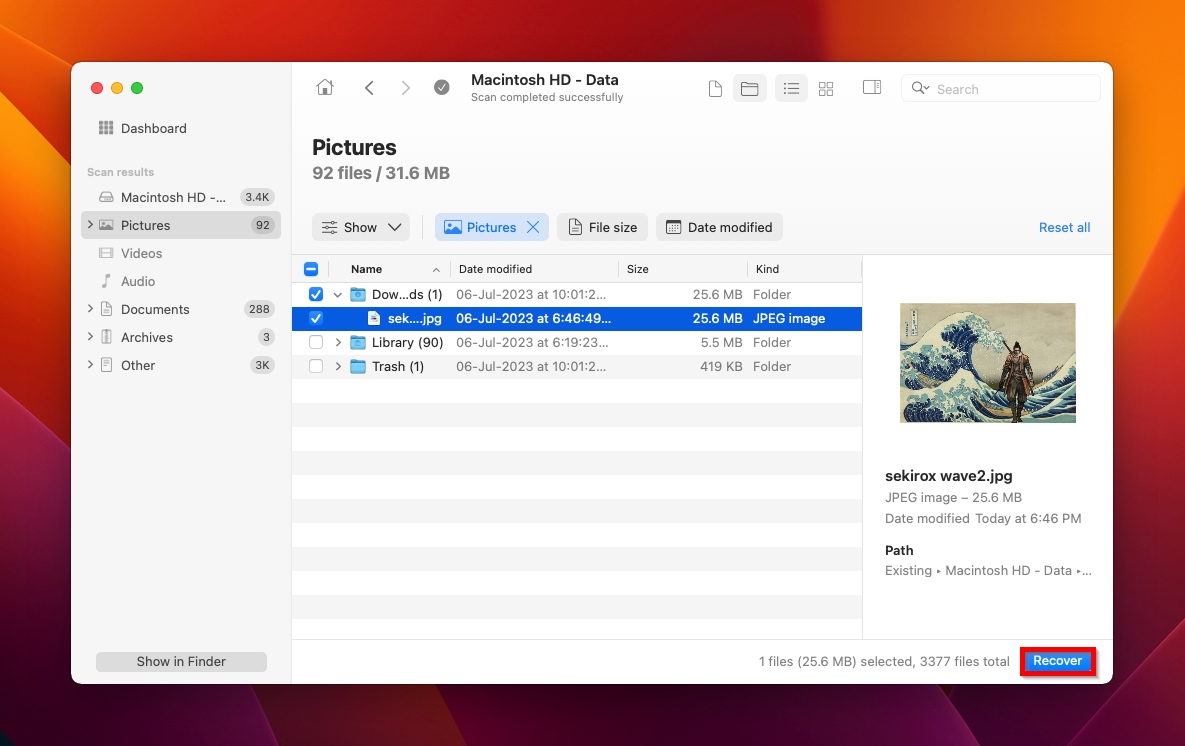
- Choose a recovery destination for the files and click Next. We recommend you recover the files to an external storage device as well.

- Disk Drill will recover and save the selected files.
The free version of Disk Drill lets you preview files, but you’ll need to upgrade Disk Drill Pro to recover them.
Method 2: Use the Time Machine Feature
Mac’s in-built backup and restore utility, Time Machine, can help you restore an accidentally deleted Downloads folder, provided the utility is set up properly. If set up using the default settings, Time Machine stores hourly backups for the past 24 hours, and daily backups for the past month. You can restore any of these backups.
Here’s how to use the Time Machine feature on macOS and get back deleted files from the Downloads folder:
- Search for Time Machine in Finder and launch the app.
- Scroll through the backups and find one that contains the required files.
- Select the Downloads folder and click Restore. You can also open the Downloads folder within Time Machine and select the specific files you wish to restore.
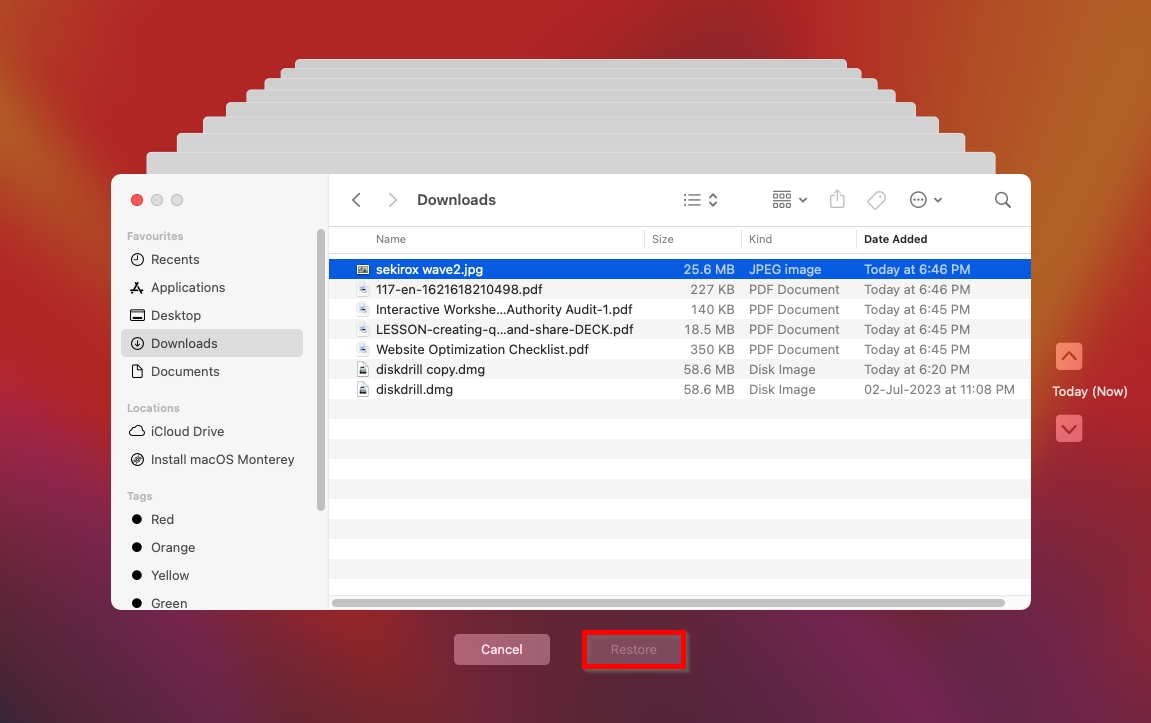
How to Restore the Downloads Folder to Where It Was
The most convenient way to access the Downloads folder is through the Dock or the Finder Sidebar. In this section, we’ll take a look at some ways to restore the folder to the aforementioned places.
Note: This section deals with cases involving a Downloads folder that is missing from the Finder Go menu, the Finder Sidebar, or the Dock. If you’re looking to recover data from the Downloads folder, scroll up to the data recovery section.
Case 1: Folder is missing from the Dock or Finder Favorites
In this case, the Downloads folder exists on your disk, but it’s simply not visible. You can easily get it back to the Finder Sidebar as well as the Dock, by following these steps:
- Tap on Finder in the Dock or search for it in Spotlight (Command + Space)
- Ensure that Finder is the active app and press Command + , (comma).
- In the Finder Preferences/Settings window, click on Sidebar.
- Ensure the Downloads option is ticked, under Favorites. Downloads will now appear in the Favorites tab in the Sidebar.
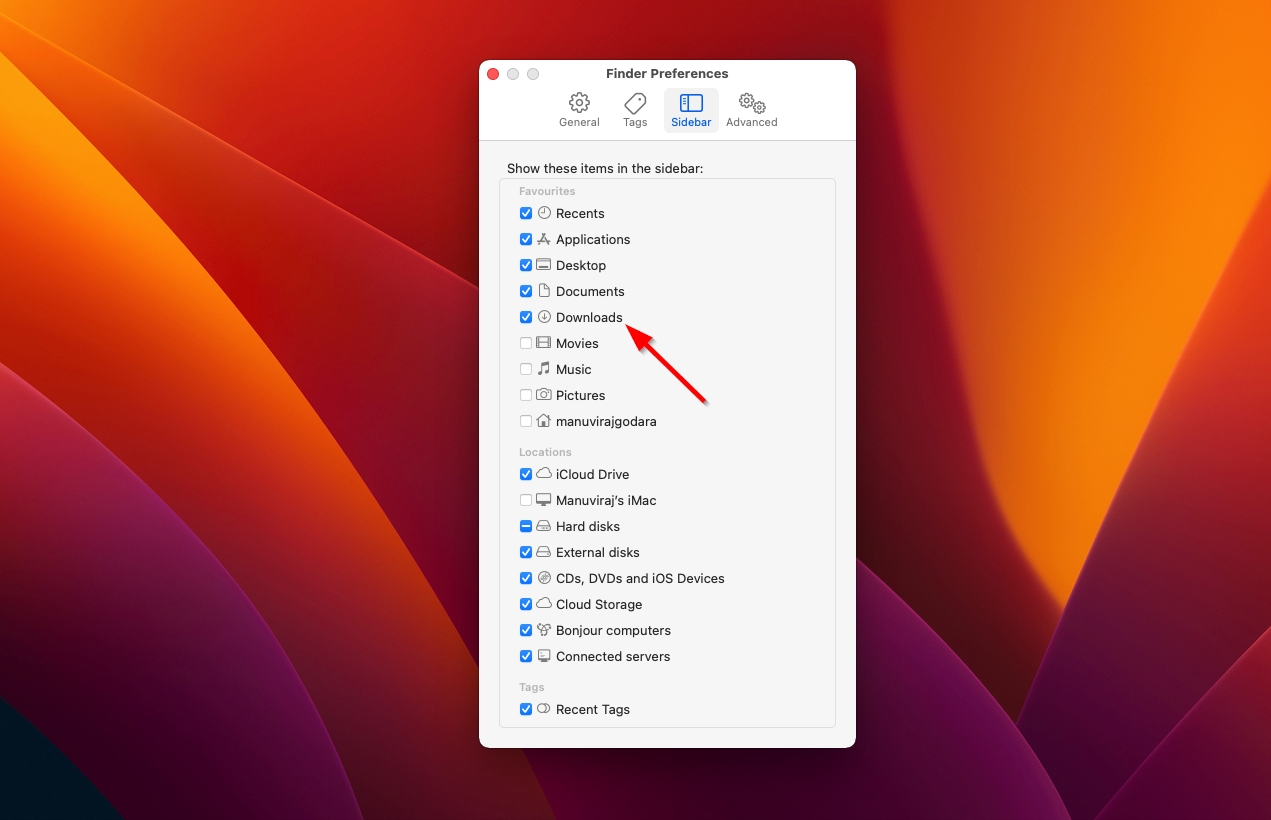
- Drag the Downloads folder from the Finder Sidebar to the Dock.
Case 2: Folder Is Missing from Finder and the Finder Go Menu
If you’re unable to locate the Downloads folder in the Finder Go menu as well as anywhere else on your disk, it has somehow been deleted from your device. You may attempt to access it within Finder, only to face the “The operation can’t be completed because the item can’t be found” error message.
After recovering your files, you can create a new folder called “Downloads” (without the quotation marks) in your home folder, and macOS will automatically label it as the primary Downloads folder.
Here’s how to do this:
- Press Command + Shift + H. This will open the Home folder in Finder.
- Right-click on the white space and choose New Folder and name it Downloads.
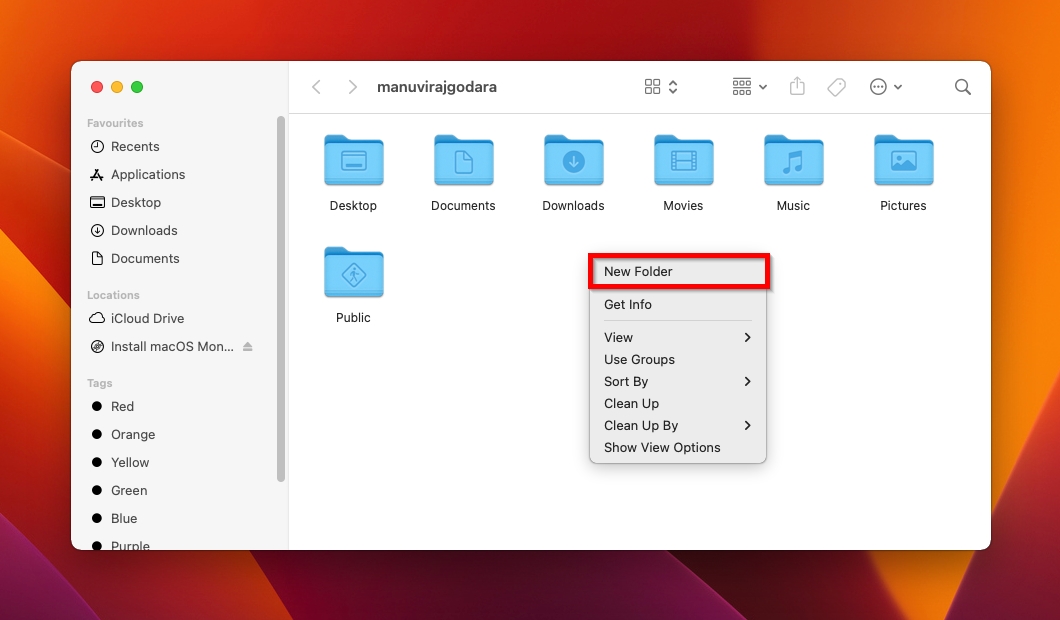
- Restart your macOS.
Alternatively, you can use the mkdir ~/Downloads command in Terminal to create a new Downloads folder on your Mac.
Conclusion
By being proactive and using a good data recovery tool, you can recover most, if not all, of your deleted downloads. But, the best defense against data loss–whether it was caused by full-blown physical damage, or the simple case of a missing Downloads folder–is creating regular backups. Ideally, store your backups on a cloud solution and two local storage devices.
FAQ
- Go to the Finder Go menu and drag the Downloads folder to the Dock.
- Open Finder, right-click on Downloads, under Favorites, and choose the Add to Dock option.
- Download Disk Drill and install it.
- Launch Disk Drill, select the drive, and click Search for lost data.
- Click on Review found items.
- Select the Downloads folder and click Recover.
- Pick a recovery destination and click Next.



